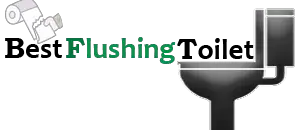The toilet jet is used for flushing purposes. That means it works with water, and the water seal must be where the main work of this is that water runs through the jets and wash all waste you put in the toilet bowl. So when it faces an issue, you end up wasting a lot of water. Limescale is one of these, and it also prevents the jet seal from keeping water in the tank. When you find this out, you don’t know about this issue. Here we discuss why this problem happens and how to solve this issue.
What is a toilet jet?
A toilet jet is a small hole cast at the center with a metallic strip. This jet is very useful for flushing away the waste from the toilet bowl. The small hole or nozzle in the plane’s center acts like an outlet that provides water with force. This water force is used to clean our bodies after using the toilets. You also find seat jets in the various models of the bathroom.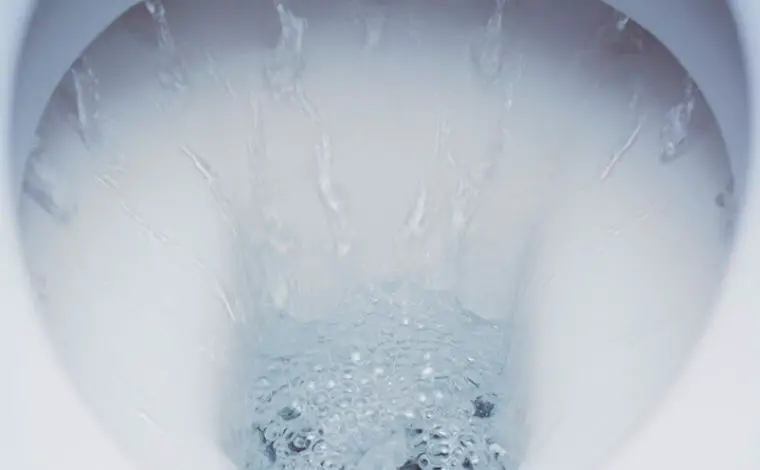
What is the limescale on the toilet?
Now the water we use in the toilet is not pure at all. It contains many kinds of materials. And when we use this water in the bathroom or kitchen, we can find a different type of spot. And this is the result of using impure water. And when you use a bathroom for a long time, you can quickly notice a hard, chalky spot. This is mainly calcium carbonate or CaCO3. This is called the limescale. This is a pervasive case in the kettle, and water boilers, especially in hot water-related places. This results from using hard water for a long time in the washroom or kitchen area.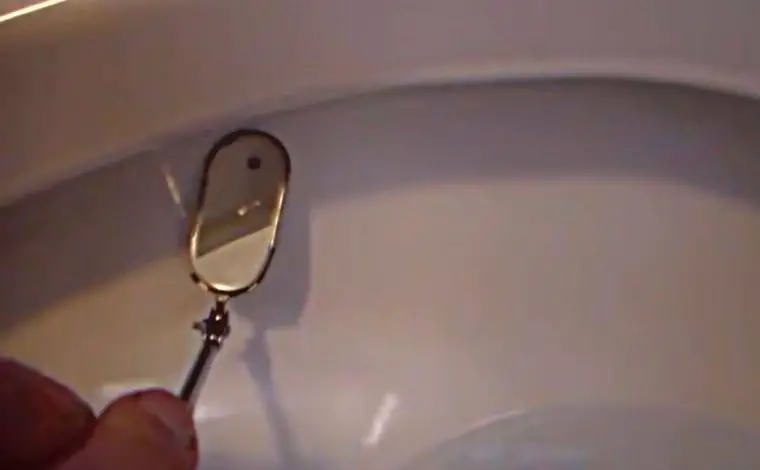
When you regularly use the hard water in the toilet, you face this problem. You know the bathroom’s water jet contains tiny holes and limescale. That means it prevents water by blocking the nozzles into it. It’s a prevalent issue, and cleaning this is also not challenging work.
How to remove the limescale from the toilet jet?
If you notice the toilet’s hard water issue, you must know how to clean the limescale from the wall, toilet bowl, or toilet jet. We discuss here the two most popular ways to clean limescale from the toilet jet:
First method: Vinegar and baking soda solution
I think you may find this method. This is called the vinegar and baking soda method. Vinegar is a great cleaning agent for the kitchen and the toilet. Because this liquid contains 5-8% acidic acid. And you get the best result if you use white vinegar. You need other items for this method, like gloves, spray bottles, wire brush, duct tape, etc. 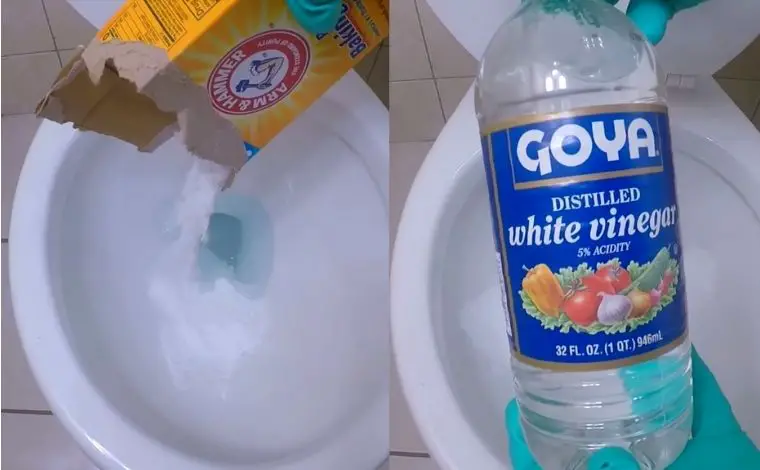
First, wear gloves and close the water supply of the flush. Then take an old cloth to wipe out the bowl, jet, under the toilet rim, etc., spotted area. After wiping, take the wiring brush and rub as much as possible. Then again, clean that area with this soft cloth. Now stick the duct tape in the jet where the hole is located. After attaching the tape very tightly, mix 1 part of vinegar with 10 pieces of water and pour the solution into it.
Now flush the toilet so the mixer can go through the jet hole. And again, pour vinegar directly into the toilet bowl and other spotted areas. After that, sprinkle baking soda into it and leave this solution overnight. For this time, don’t use the toilet. You get the clean bathroom and cloudy brown water first coming out from this in the morning. The solution breaks the bond of the CaCO3 and its mix with water. That’s why you notice the color of the water. After flushing several times, you get fresh water there. This method is very useful for normal limescale in the toilet. But if this is serious and very old, you need another way.
Second method: Apply hydrochloric acid
For the second method, you need some muriatic acid. This is a dilution of hydrogen chloride acid. And I think this is a reliable way to clean the limescale from the toilet. This solution also fills the mold and harmful bacteria in the bathroom with a cleaning agent. To work with this acid, you also need cotton or tissue paper, baking soda, a funnel, duct tape, a cleaning brush, and duct tape; just like the first one, shut down the water supply entirely. Then put on body protective things like gloves, glass, etc.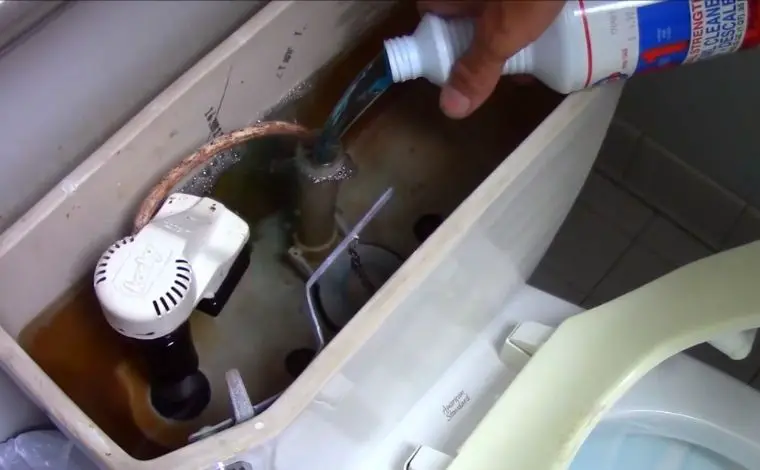
Now mix the acid with water, and the measurement is one cup of acid mixed with ten cups of water. Now stick the duct tape over the siphon and flush. After that, pour the solution directly into the bowl and spotted area, and after that, sprinkle some soda into it. Muriatic acid breaks the limescale quickly, but wait for two hours if you want a great result. You get the best result if you wait until overnight. And after that, sprinkle some soda into it to neutralize the acid. Because this acid also kills down some good bacteria in the septic system. Then flush the whole many times.
Safety note: when you decide to work with this acid, you must follow this for safety issues:
- The toilet must be well ventilated so that it opens the window and door when you work with the acid.
- Keep away the solution from pets, children, and seniors.
- Always use protective elements like gloves, glass, etc.
How to prevent this limescale from the toilet?
If you face a hard water problem, a water purifier can help you out from this issue, but I know this is very expensive. So it’s better if you keep your toilet clean at least once a month because it is tough to remove old aged limescale from the bathroom.
Bottom Line
In the end, everyone loves a clean toilet. And only proper maintenance can help you out from this issue. And if these two methods don’t help you much, you can find many toilet cleaners that are strong enough to clean the limescale for a short time, and you can use this. But this is costly and also dangerous. That’s why I always follow the safety tips before using any method. Otherwise, you end up with an unpleasant event.
We are really lucky to have a hard-working, multi-skilled plumber on our team. Collin D. Gallegos, a professional plumber who has worked with us since 2012, is an expert in vent, septic, and drainage systems. He is a Certified Master Plumber and has worked on various commercial plumbing projects. He usually helps our readers resolve plumbing and pipe-related issues with a proper DIY troubleshooting and repair guide.
